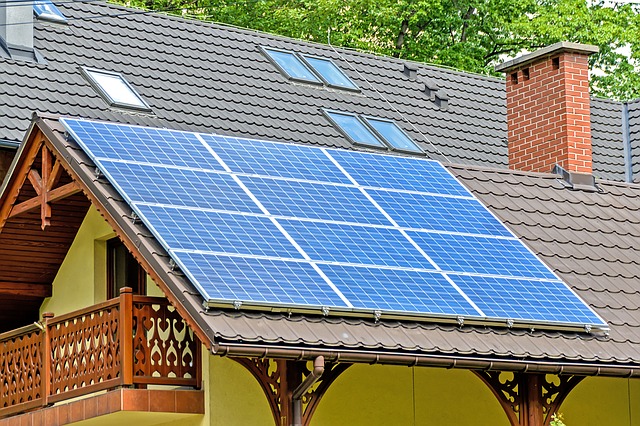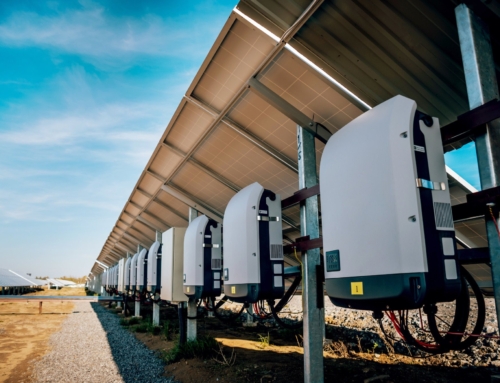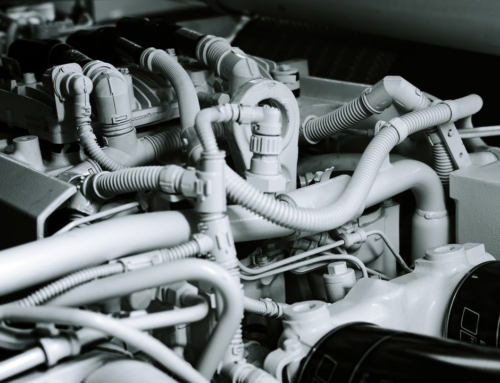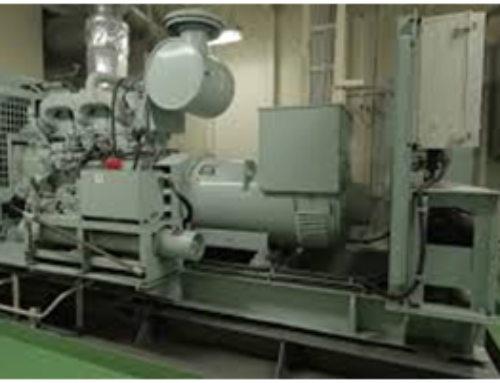Have you heard of a microgrid? Well, if you haven’t, you can find out all about it in this article.
In premise, a microgrid is a local energy grid that is able to connect/disconnect from the main grid, thus being fully autonomous when necessary.
In this article, we will cover what is a microgrid, what are the three primary identifiers, and how it works.
So keep reading to learn more.
Table of Contents
What Is A Microgrid?
So what is a microgrid?
As mentioned earlier, a microgrid is a decentralized collective of electricity sources and loads which are normally operating through connectivity with the traditional global area synchronous grid. However, they are capable of disconnecting into island mode, thus being able to function autonomously as the economic and physical conditions dictate.
In this method of action, a microgrid can efficiently integrate several sources of distributed generation, specifically Renewable Energy Sources. Also being able to supply emergency power when switching between the island and connected modes.
Protection and control are common challenges to microgrids. A credibly valuable feature to have is the ability to provide various end-use outputs, such as cooling, heating, and electricity at the same since this would allow the energy carrier substitute, leading to energy efficiency due to waste heat utilization in various cross-sectoral usages.
A microgrid is best served as a localized source of energy where the power transmission and distribution from the centralized source are too far or too cost-inefficient to connect to.
Three Distinct Qualities of A Microgrid
To better understand the microgrid, we need to categorize it by its most prominent features. And of them, there are three. So let’s take a look.
Locality
First and foremost, the microgrid is a form of localized energy, meaning it creates energy for nearby units. This is the most distinguishing feature from a large centralized grid that provides electricity for a greater population.
A central grid often pushes electricity from a power plant over long distances via distribution and transmission lines. Delivering power over long distances is inefficient because electricity dissipates in transit.
A microgrid can overcome this incompetency by generating power that is close to those who need it. The generators are within or near the building, or if solar panels are employed, on the roof.
Independence
Secondly, the microgrid can disconnect from the central grid and be autonomous. This capability for islanding allows the supplying of power to the customer even when a calamity occurs that causes san outage from the central grid.
In the US, the grids are prone to outages because of its sheer size and connectivity. Even a single tree falling on power line can knock the power for several states, even across international boundaries. Via islanding, a microgrid escapes the grid failures and functions on its own.
While they are autonomous, they are most often not in islanding mode, unless located in a remote area where no reliable grid is available. Microgrids are typically connected to the grid, and as long as it is operating, the two will function in a synchronistic format.
Intelligence
Thirdly, advanced microgrid systems are intelligent. This emanates from their function of the controller, which is the central operating center that manages the batteries, generators, and building energy systems.
The controller operates to meet the energy goals that have been established by the customers. For instance, trying to achieve lower prices, greater reliability, cleaner energy, and any other outcome. The controller acquires these goals and reacts accordingly to the use of the resources, in order to accommodate for these changes with great sophistication.
The controller is a software-based system is able to manage the supply of energy in a variety of ways. For instance, a controller can track real-time circumstance changes in the prices on power from the central grid.
If the prices are inexpensive, they might choose to buy more power from the grid to serve the customers, rather than use energy from solar panels. The solar panels will busy themselves with charging the battery systems. And later in the day, when the grid gets more expensive, the microgrid will discharge the batteries instead of being connected to the central grid.
How Does A Microgrid Work?
Well, because the central grid connects buildings, businesses, homes to the central source, we are able to use electronic, appliances, and cooling/heating systems. However, this interconnectedness creates greater degrees of separation when it goes down.
So the microgrid operates while connected, but most valuable, disconnected, and operates on local energy in times of crisis. A microgrid can be powered up by renewables sources, distributed generators, batteries and much more. Depending on the method of fueling and the management requirements, a microgrid can run without stop indefinitely.
How Does It Connect to the Grid?
The microgrid connects at the point of coupling that is common for both grids, and then maintains a steady voltage that the main grid is outputting. However, if an issue occurs, the voltage is adjusted and/or fully disconnected.
A switch can also separate the microgrid from the central grid, and it can be manual or automatic.
Microgrids Explained
Now that you know what is a microgrid, you are well on your way to making use of this information in any shape or form.
Whatever you choose to do will be the right thing to do, so don’t tread with too much unnecessary thought.
If you own a business and are interested in having constant power in the case of an outage, get in touch with us and we will happily accommodate your needs for a microgrid.






Leave A Comment